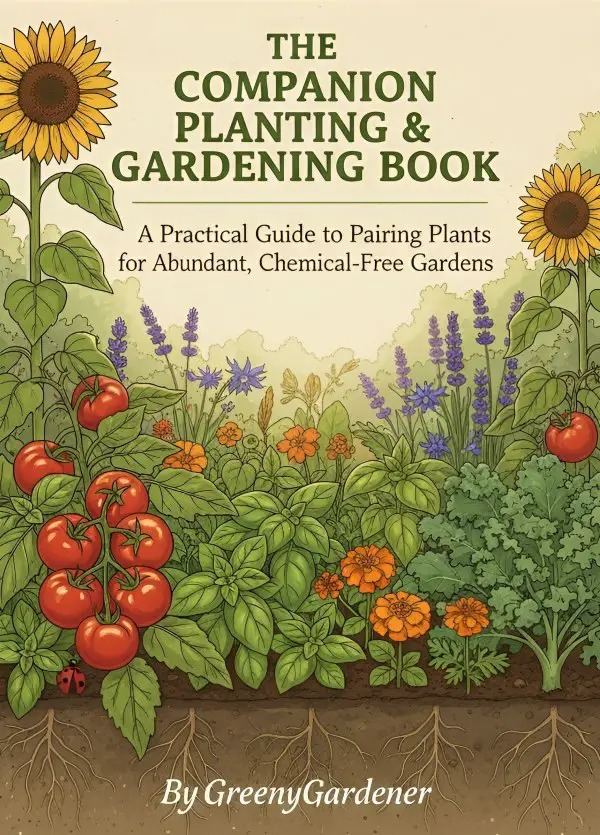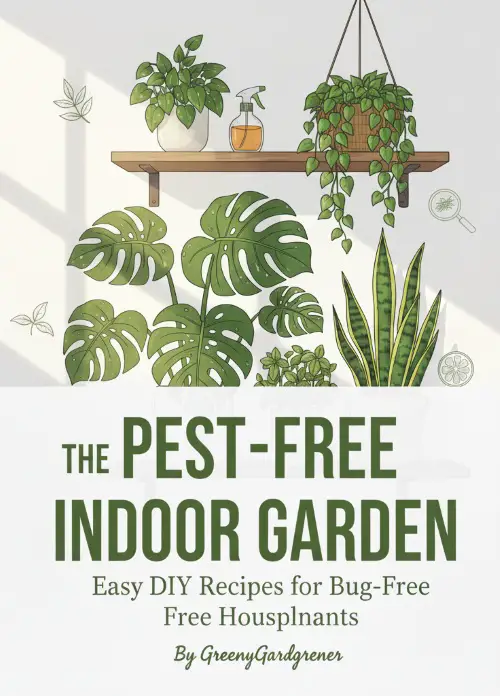Best Soil for Golden Pothos: A Comprehensive Guide
Golden pothos (Epipremnum aureum), a beloved indoor plant, is prized for its lush foliage and easy care requirements. While it thrives under various conditions, choosing the right soil is critical for its health and growth.
In this guide, we delve into the characteristics of the best soil for golden pothos and how to prepare, maintain, and optimize it for long-term success.
What's On the Page
- 1 Characteristics of the Best Soil for Golden Pothos
- 2 Ingredients for the Ideal Golden Pothos Soil Mix
- 3 How to Prepare the Best Soil for Golden Pothos
- 4 Store-Bought Soil Options for Golden Pothos
- 5 Maintaining Soil Health for Golden Pothos
- 6 Common Soil Problems and Solutions
- 7 Frequently Asked Questions
- 8 Conclusion
Characteristics of the Best Soil for Golden Pothos
Golden pothos requires a soil mix that balances moisture retention and drainage. Key characteristics include:
1. Well-Draining Soil
Golden pothos is highly susceptible to root rot, making proper drainage essential. A soil mix with components like perlite or sand ensures water flows freely, preventing waterlogging.
2. Moisture Retention
While drainage is crucial, the soil must also retain enough moisture to keep the roots hydrated. Organic matter like peat moss or coconut coir excels in moisture retention without becoming overly soggy.

🌿 The Companion Planting & Gardening Book (eBook)
Bigger harvests, fewer pests — natural pairings & simple layouts. $2.40
Get – $2.40
🪴 The Pest-Free Indoor Garden (eBook)
DIY sprays & soil tips for bug-free houseplants. $1.99
Get – $1.993. Nutrient-Rich Composition
Rich, fertile soil supports robust growth and vibrant foliage. Components like compost or worm castings provide essential nutrients.
4. Slightly Acidic pH
Golden pothos prefers a slightly acidic soil with a pH range of 6.0 to 6.5. This pH level optimizes nutrient absorption and keeps the plant thriving.
Ingredients for the Ideal Golden Pothos Soil Mix
Creating the perfect soil mix involves combining components that address the plant’s specific needs:
1. Base Material
- Peat Moss: Enhances water retention and provides a light texture.
- Coconut Coir: A sustainable alternative to peat moss, offering similar moisture-retention benefits.
2. Aerating Agents
- Perlite: A lightweight volcanic rock that improves drainage and aeration.
- Sand: Adds grit to the soil, promoting better water flow.
3. Organic Matter
- Compost: Supplies essential nutrients for healthy growth.
- Worm Castings: A natural fertilizer rich in beneficial microbes and nutrients.
4. Optional Additives
- Charcoal: Prevents odors and toxins in the soil, especially for indoor plants.
- Pine Bark: Improves soil structure and drainage.
How to Prepare the Best Soil for Golden Pothos
Follow these steps to create a custom soil mix:
- Combine Base Materials: Mix equal parts of peat moss or coconut coir and compost.
- Add Aerating Agents: Incorporate perlite or sand (1 part) to improve drainage.
- Adjust Texture: Test the soil’s consistency. It should crumble easily when dry but hold moisture when wet.
- Test pH Levels: Use a pH meter to ensure the soil is within the 6.0 to 6.5 range. Add lime to raise pH or sulfur to lower it if necessary.
Store-Bought Soil Options for Golden Pothos
If you prefer a ready-made option, consider these high-quality potting mixes:
1. General Purpose Potting Mix
- Choose mixes labeled for houseplants or tropical plants. Ensure they contain perlite or sand for drainage.
- Example: Miracle-Gro Indoor Potting Mix.
2. Cactus and Succulent Mix
- Combine this with organic matter like compost to achieve a balance of drainage and nutrient content.
3. Custom Mixes
- Many garden centers offer customizable mixes. Specify your needs for a well-draining, nutrient-rich blend.
Maintaining Soil Health for Golden Pothos
Proper soil maintenance ensures your golden pothos remains healthy and vigorous:
1. Repotting
- Repot your golden pothos every 2-3 years to refresh the soil and accommodate root growth.
- Choose a pot slightly larger than the current one, ensuring it has drainage holes.
2. Fertilizing
- Apply a balanced liquid fertilizer monthly during the growing season (spring and summer).
- Avoid over-fertilizing, which can lead to salt buildup in the soil.
3. Monitoring Drainage
- Check for water pooling at the bottom of the pot, a sign of poor drainage.
- Ensure the pot’s drainage holes are clear and unobstructed.
4. Aerating the Soil
- Use a small tool to gently loosen the topsoil, promoting airflow and preventing compaction.
Common Soil Problems and Solutions
1. Waterlogged Soil
- Cause: Overwatering or insufficient drainage.
- Solution: Reduce watering frequency and repot using a more porous soil mix.
2. Dry, Compact Soil
- Cause: Lack of organic matter or prolonged neglect.
- Solution: Incorporate compost or rehydrate the soil with a thorough soak.
3. Salt Buildup
- Cause: Excess fertilizer or hard water.
- Solution: Flush the soil with distilled water every few months to remove salts.
4. Pests in Soil
- Cause: Poor hygiene or contaminated potting mix.
- Solution: Sterilize the soil by baking it at 180°F (82°C) for 30 minutes.
Frequently Asked Questions
Can I use garden soil for golden pothos?
Garden soil is typically too dense for potted plants and may harbor pests. Always use a lightweight potting mix.
Do I need to sterilize potting soil?
While store-bought potting mixes are usually pre-sterilized, you can sterilize soil at home to eliminate pests or pathogens.
How do I know if the soil needs to be changed?
Signs include stunted growth, poor drainage, or a sour smell from the pot. Refresh the soil during repotting.
Conclusion
Golden pothos thrives in a soil mix that balances drainage, moisture retention, and nutrient content. By understanding its soil needs and maintaining optimal conditions, you can ensure this resilient plant flourishes for years to come. Whether you choose to create your own soil mix or use a high-quality store-bought option, the key lies in consistency and care.
- What Nutrients Do Plants Need – Your Essential Guide To Thriving - December 13, 2025
- Vinegar Mold Spray – Your Natural Garden Guardian Against Unwanted - December 12, 2025
- Organic Insecticidal Soap – Your Ultimate Guide To Eco-Friendly Pest - December 12, 2025
